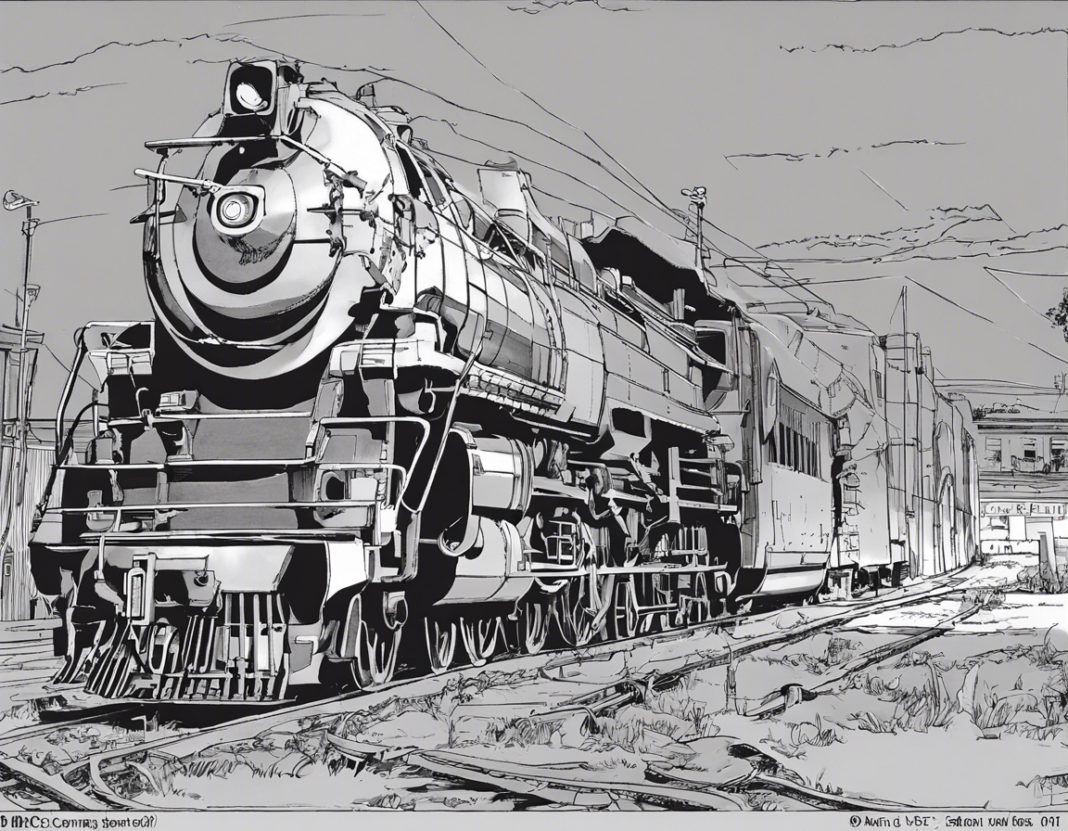Are you looking to dive into the intricate world of patents and specifically interested in understanding US Patent Application US-2006014125? In this comprehensive guide, we will break down the essential elements of this patent application, shed light on the key aspects, and offer valuable insights to help you grasp the significance of this particular filing.
What is US Patent Application US-2006014125?
US Patent Application US-2006014125, also known as the United States Patent Application Publication, is a document that discloses an invention filed with the United States Patent and Trademark Office (USPTO). This specific application number is part of the US patent application system and corresponds to a unique invention in the US patent database.
Understanding the Patent Application Process:
- Patent Search: Before filing an application, inventors typically conduct a patent search to ensure their invention is novel and not already patented.
- Filing Date: The filing date of a patent application is crucial as it determines priority and establishes the timeline for the patent review process.
- Publication: Patent applications are published by the USPTO 18 months after the earliest filing date, providing public disclosure of the invention.
- Examination: US patent applications undergo examination to assess the patentability of the invention in terms of novelty, non-obviousness, and utility.
Key Components of US Patent Application US-2006014125:
Title:
- The title of the patent application provides a concise description of the invention.
Abstract:
- The abstract summarizes the technical disclosure of the invention, highlighting its key features and advantages.
Description:
- The description details the invention, including its technical specifications, components, and operation.
- Claim(s): Claims define the scope of protection sought for the invention, outlining the specific features that differentiate it from existing technologies.
Drawings:
- Drawings in a patent application visually depict the invention, offering a better understanding of its structure and functionality.
Background:
- The background section provides context for the invention, discussing existing problems or limitations addressed by the innovation.
Summary:
- The summary consolidates the key aspects of the invention, emphasizing its novelty and potential applications.
Importance of Patent Application US-2006014125:
Understanding the specifics of US Patent Application US-2006014125 is essential for various stakeholders, including inventors, investors, and competitors. Here are some reasons why this patent application holds significance:
- Innovation: The invention disclosed in the patent application may introduce a novel technology or solution to a particular problem.
- Market Potential: Assessing the patent application can help determine the market potential and commercial value of the invention.
- Legal Protection: A granted patent provides legal protection, preventing others from using, selling, or profiting from the patented technology.
- Licensing Opportunities: Patent applications can lead to licensing agreements, allowing other parties to utilize the patented technology in exchange for royalties.
Frequently Asked Questions (FAQs) About US Patent Application US-2006014125:
- What is the significance of the publication number US-2006014125?
-
The publication number identifies the specific patent application in the USPTO database and allows for easy retrieval and reference.
-
How can I access the full details of US Patent Application US-2006014125?
-
The complete application can be viewed on the USPTO website or through online patent databases and search tools.
-
What happens after the publication of a patent application?
-
After publication, the patent application undergoes examination by the USPTO to determine its patentability.
-
Can I file a similar patent application after US-2006014125 has been published?
-
If the invention is similar to the one disclosed in US-2006014125, you may still file a patent application as long as it offers unique features or improvements.
-
How long does it take for a patent application to be granted after publication?
-
The timeline for patent approval varies, but it typically takes several years from the filing date to obtain a granted patent.
-
What rights does the publication of US-2006014125 confer to the inventor?
-
Publication grants the inventor the right to claim priority from the filing date and serves as public disclosure of the invention.
-
Can the details of US Patent Application US-2006014125 be modified after publication?
-
Amendments to the patent application can be made during the examination process to clarify or expand the scope of the invention.
-
What is the role of the claims in a patent application like US-2006014125?
-
Claims define the legal boundaries of the patent, outlining the specific features or elements that are protected.
-
Are there any fees associated with viewing or accessing US Patent Application US-2006014125?
-
Accessing patent documents on the USPTO website is generally free, but fees may apply for certain services or document orders.
-
How can I verify the status of US Patent Application US-2006014125?
- The USPTO provides online tools to check the application status, including updates on examination progress and potential publication of the granted patent.
In conclusion, delving into the details of US Patent Application US-2006014125 can offer valuable insights into the innovation, technology, and potential impact of the disclosed invention. Whether you are an inventor exploring new ideas or a technology enthusiast eager to learn about the latest advancements, understanding the intricacies of patent applications can broaden your knowledge and expertise in the field of intellectual property.
